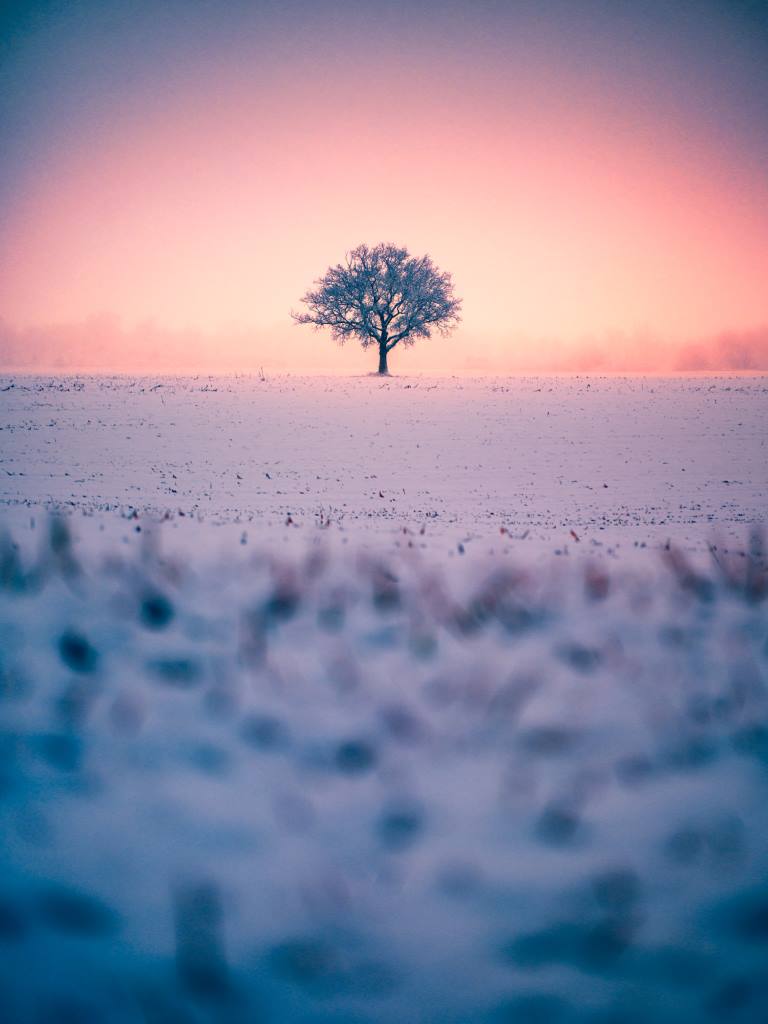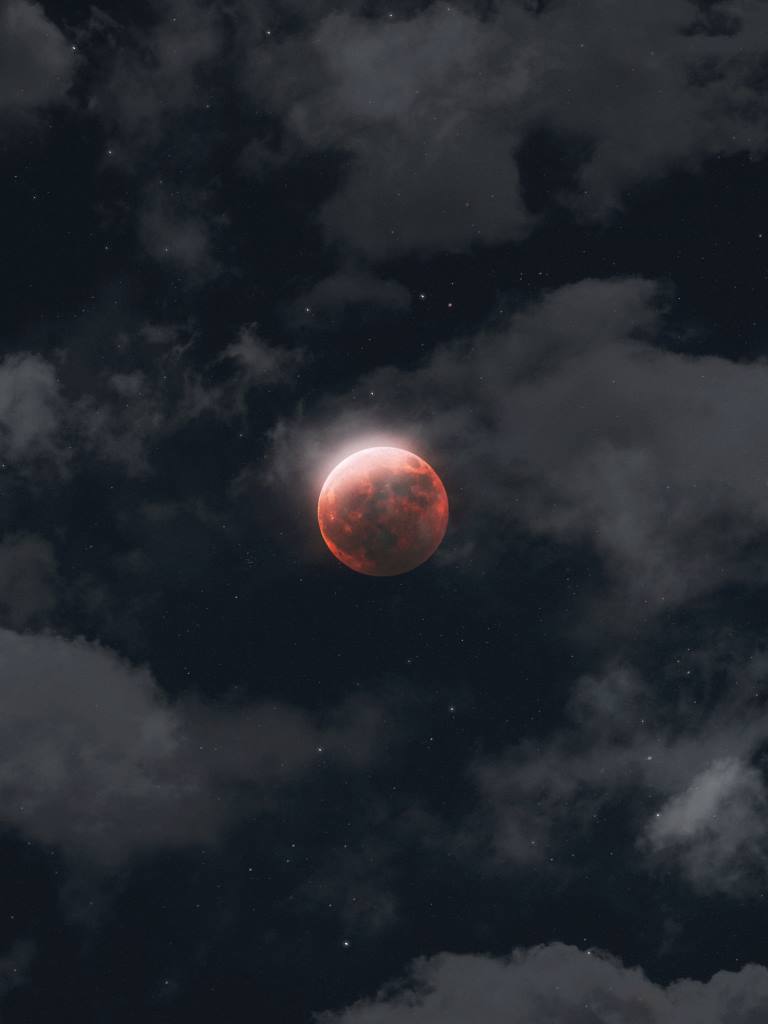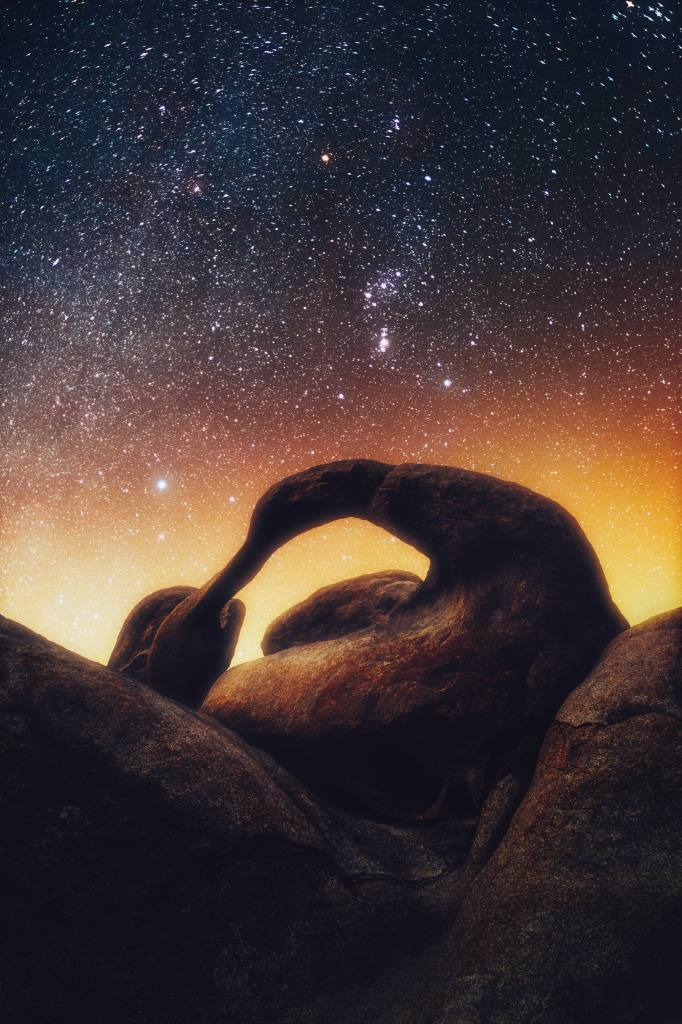Bryan Minear: The Grass is Always Redder
Author: Alexis Hartman
It’s kind of a running joke now on social media…Anytime somebody posts a photo on Twitter and says something about the color green, people tag me in it and they’re like, ‘Ooh Bryan’s gonna HATE this.’ Because I always joke about how much I hate the color green. I always clarify that I don’t hate it in other people’s work, I just don’t particularly like it in my own.
Midwest-based photographer, graphic designer, and Fujifilm X ambassador Bryan Minear has carved his way in the world of photography by going against the grain of the rest of the creative industry. He started his photography career, as many of us do, shooting portraits and weddings. While he found success in full-time freelance work, he soon became burnt out. He found he wasn’t passionate about the subjects he was photographing, which led him to dislike the work he was making. His photography had become too much about the money instead of creative expression.
In a time when every artist was leaving their comfy 9-5 to become a freelancer, Bryan did the opposite by quitting freelancing to get a full-time job as a graphic designer. Even though he quit shooting professionally, he didn’t give up photography entirely. By removing the people from his process, he reignited his passion and began shooting the landscapes that called to him in order to stay creatively fulfilled while working his 9-5.
While Bryan’s photography journey began with his grandfather’s old Canon 35mm film camera and then a string of Canon DSLRs, he eventually made the switch over to Fujifilm and hasn’t looked back since. Wanting to have a camera with him at all times, the smaller size of the original Fuji X100 proved to be more portable in day-to-day life than his clunky Canon 5D Mark III. The analog controls reminded him of his film days, and it simply felt better and more fun to shoot with than the Canons he used for work. This camera sparked his initial interest in Fuji cameras.

"When you think about Canon, Nikon, Fujifilm, Sony…you think about these giant, huge, massive multi-billion dollar corporations, right? But Fujifilm always just kind of feels like a family."
Fujifilm wasn’t always on par with the other big brands, but at some point, they really stepped up their game. The brand made significant improvements to its products, and as it grew within the industry, so did Bryan’s love for the system. His new Fuji camera quickly became an extension of him. “For a long time, my wife would make fun of me because I would be running five minutes down the road to go to the store and I’d have a full bag of gear with me,” Bryan laughs. Over time, he sold off all his old Canon gear until he was shooting exclusively Fujifilm.
About three years after jumping on the Fujifilm bandwagon, he became an official ambassador for the brand. He would tag them in all of his landscape photos he posted on social media, slowly building recognition with them. Not long after, Fujifilm X US took notice and reached out to him to start a working relationship. His consistency and passion for the brand led them to offer him an ambassadorship.
I think the biggest draw for me is their attention to detail with both how ergonomic the cameras are and also the functionality that they give. They listen to their users, and they implement a lot of things that people want and ask for. They’re always listening. I always said early on that the other camera systems always felt to me like they were designed by engineers, whereas the Fujifilm cameras feel like they were designed by photographers.
Bryan also teaches landscape photography courses and inspirational courses when he can. Living in the midwest, the options for grand, breathtaking landscapes are quite limited. Bryan aims to make “something out of nothing” in the midwest, showing others that they don’t need to travel to exotic places to create incredible work. He teaches other artists how to find their own visual language to capture what’s around them in a unique way; inspiring photographers who feel they are “locationally challenged” to get out and shoot what they have available to them. After all, real art does not come from photographing beautiful places but in finding beauty in the mundane.

In college, Bryan discovered the work of American painter Frederic Edwin Church in an art history class. The atmosphere the Romantic Period painter created in his paintings was “everything I ever wanted to be able to do, but I suck with a paintbrush,” Bryan explains. “Cameras let me capture a scene, and then I get to use post-processing to paint the light and tone the colors like a traditional artist would.”
Much like a painter’s palette, Bryan’s work often follows a similar color scheme. The colors most dominating the palette of his portfolio are orangey-reds and complementary blues. It’s no surprise, then, that he would be so drawn to the IR Chrome filter when adding infrared into the mix. “I don’t think I really have a favorite color now, but I feel like red was always my favorite color growing up. I was always just kind of drawn to it,” he recalls. Most of Bryan’s landscapes are captured during sunrise and sunset, chasing their illustrious golden light. Even in the summer when much of the country is dressed head to toe in green, the rising or setting sun transforms the green into a warm glow through Bryan’s lens.
The way that painters and traditional artists are often defined by their distinct style, Bryan wanted to create that for himself through his own work. His ideal artist’s palette lives within the desert and rocky mountain landscapes of the American Southwest. Areas like Arizona and Utah are where his creative soul calls home. It is in these places that his art comes easiest. All he has to do is frame the photo and snap the shot. No post-processing necessary. This is a place that needs no editing; the land’s natural skin is already perfect as is.
When he’s not able to get to his desert dreamlands, he finds solace in photographing local trees, specifically lone trees. “I have this one particular tree that I shoot all the time,” he reveals. “So I have photos of it across all four seasons, infrared, non-infrared, just everything. And it’s really cool to look at all of those together and see how the same subject can look so different across time and in different spectrums.”
“I love shooting with telephoto lenses because I love compressing layers together. Anytime there are mountain layers, I’m in heaven.”
Bryan first discovered the infrared photography world while reading an article stating that the sensor on his original Fujifilm X100 was more susceptible to infrared light than most unconverted cameras. So he bought himself a 720nm lens filter to test it out. This sparked his initial interest in exploring infrared further. After some research, he stumbled upon Bradley “GMUNK” Munkowitz’s untraditional psychedelic work created with a full spectrum infrared camera. This inspired Bryan to finally get his Fuji X-T2 converted to full spectrum. Being his only infrared camera (for now), he takes it with him everywhere.
He recalls a moment of astonishment from a recent trip: “I took that camera with me to Utah recently and got to shoot these desert scenes in IR, and something about it is just…There’s one image in particular, it’s of Pine Creek Overlook in Zion National Park. It was storming and rainy, so the reflections off the wet rocks made everything look snowy and shiny, and it just gave it this really different feel than what it actually looked like.”
“You know, the idea of shooting this invisible spectrum of light that we don’t have access to with our vision is just mindblowing to me.”
For a long time, Bryan was only able to shoot during sunrise, sunset, and after dark. His ongoing battle with his nemesis, green, made shooting during the day virtually impossible. But infrared opened up a whole new world to him. By adding infrared to his photography toolkit, he could now shoot in harsh light and could change the color palette of the scene to avoid the dreaded green. Shooting with the IR Chrome, he can effortlessly turn green into red, nailing his color palette right off the bat in camera.
When visiting his family in Virginia, the opportunities for gorgeous mountain landscapes are endless among the Appalachians. In the summer, however, the Blue Ridge can appear, overwhelmingly, more like a Green Ridge. Bryan knows all too well that these trips will be documented solely in infrared. He remembers when he first introduced his mom to infrared: “We went on a hike in Virginia, and I let her hold the camera up to her eye with the IR Chrome filter on, and she was just like, ‘Oh, so it just changes the color from green to red.’ And I was like, ‘Well, that’s not all it’s doing. It’s revealing to you a spectrum of light that we can’t even see.’ It’s the craziest thing. Capturing something that’s not really visible has always kind of baffled me a little bit.”














Infrared isn’t the only new tool he’s added to his arsenal. When GMUNK dropped his first NFT back in 2020, Bryan became interested in this new world and what it could mean for artists moving forward. “There’s a big part of the photography community that I was already a part of on Twitter that all got into NFTs at once. It was very much a market dominated by motion graphics, 3D visual art, that kind of stuff. So a lot of us were like, well, this is awesome. We love the technology; we love the idea of empowering artists in this way, but is there even room for photography? And that was the question we were asking early on in 2021.” As the leaves began to change in the northern hemisphere in 2021, there was a surge of photographers finding success within NFTs.
“There are a lot of people that call themselves an NFT artist or an NFT photographer, but I don’t think that doing it has changed anything about what I do. It’s just a new channel to monetize work that I never thought I would ever be able to monetize,” Bryan explains. “When I made the concession of quitting freelance photography to have a full-time job, I did it because I just felt like if I continued I was going to quit photography as a whole because it was killing my soul. I needed to separate the money from it.” His true passion was for landscapes, but he didn’t think there was any money in it. Landscape photography was something he did solely for the love of it. With the recent rise of NFTs, he has found a way to monetize some of his work that was always just a passion project to him.
“I like NFTs because it’s a unique and new way to support artists who traditionally are just begging for likes that get them nowhere. I always saw the whole NFT thing as a paradigm shift of power and money back into the pocket of artists rather than Instagram’s ad revenue.”
While NFTs haven’t changed Bryan as an artist, they have made him more mindful of the work he puts out. He admits that, for a while, he got into the habit of overshooting in the field and quickly editing until the photo was “good enough” just so he could always have content to post on Twitter. What NFTs have changed for him, however, is how he approaches his creative process. They have slowed him down, making him want to take his time to create his best work rather than rushing to throw it out into the world half-finished. He credits them for making him want to be a better artist.

Bryan has managed to sell some NFTs of his work, but he is realistic about the fact that he hasn’t reached a point of success that will allow him to quit his full-time job. “The whole ‘the grass is always greener’ deal is hard for me to overcome because I want to make the art I want to make just because I want to make it, not because I’m trying to get a paycheck,” he confesses. Many artists face this same dilemma. We sit at our full-time jobs daydreaming of quitting to pursue our passions as a freelancer. We fantasize about switching to part-time so we have more time to invest in our art, wondering how much of a difference that might make. Bryan often contemplates this himself. Since he began his journey as a freelancer, his biggest fear is that going back to that life will end in burnout the way it did before. Even though he is far more passionate about the work he creates now, he still worries that if he makes it about making money again then it might lose its magic. “I could get there and think, ‘Oh my gosh, it was so much nicer when I didn’t have to worry about making money with my art.’ The grass is always greener on the other side, you know? And as someone who hates the color green, it’s just never going to work out for me,” he jokes.
A big reason why Bryan wants NFTs to be successful is that he wants a future for his son to be able to be successful at anything he does. His son is a huge and important part of his life, and Bryan dreams of them making art together when his son is older. Their father-son collaboration has already begun with a series called “Traveler”. What started as a single-image vision has since turned into a series exploring fatherhood, creativity, and childlike wonder. “Seeing him experience new things that I know I experienced as a kid, but getting to see that and relive it through fatherhood glasses has changed my world in a lot of ways,” he explains. Getting his start as a portrait photographer and then making the switch to landscapes, this project has been a way for Bryan to get back to his roots and combine both worlds in a way that tells an interesting and meaningful story.
While the grass may always be greener on the other side, Bryan is always exploring new ways to water the grass on his side of the fence and learning how to turn green into red. To see more of Bryan’s work, you can check out his website. If you want to follow along with his journey and travels, be sure to follow him on Instagram and Twitter.





